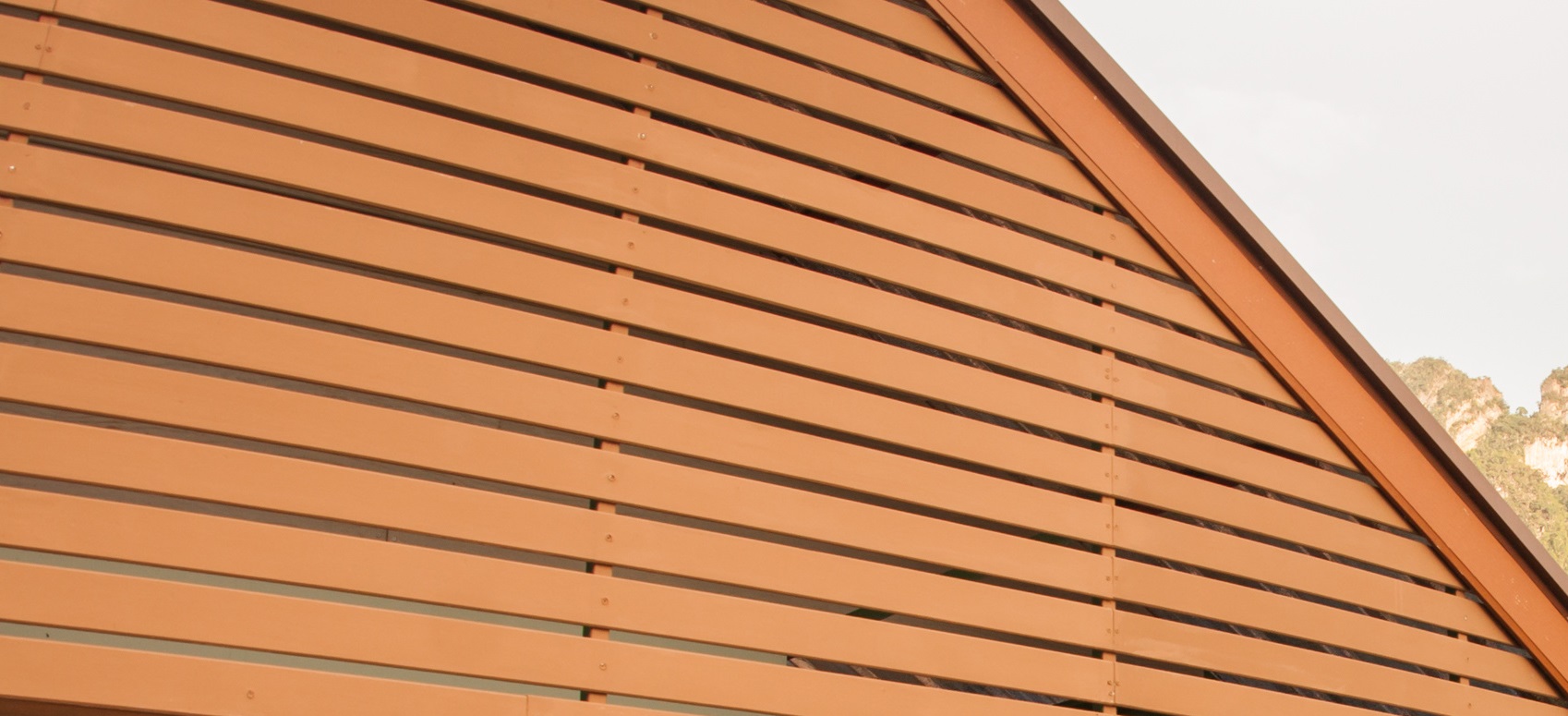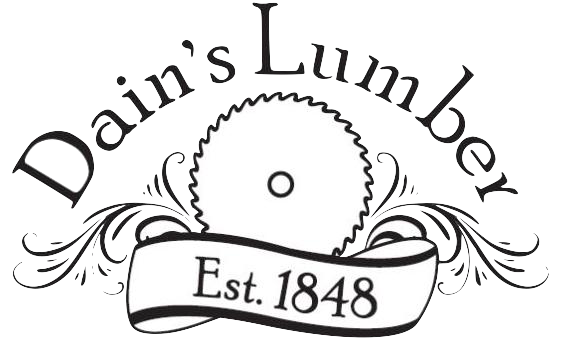
Wide buttressed trunk base grows straight up to 60 feet high before branching out. Trunk diameter averages 3 to 5 feet. Distribution Southeast Asia from the Philippine Islands south and west throughout Indonesia. Although referred to in the industry as "Philippine mahogany," lauan is lauan and is not mahogany; the same as oak is oak and is not maple. Because lauan is a tropical wood and also has the same colors, uses, and many characteristics of genuine mahogany, it is understandable that it has acquired this, sometimes confusing, nick name.
It is difficult to describe lauan without comparing it to genuine mahogany. It is a heavy hardwood. It ranges in color from dark rich red through light pink to pale grayish brown. The dark woods are known as red lauan and the light woods are called white lauan. Although coarser in texture and softer than true mahogany, lauan is actually of the same strength. However, lauan is less stable under moisture changes and less disease resistant, but, once properly seasoned, is dependable, long lived and very stable.
The use of lauan has increased steadily in the United States. The most favorable comparison that can be made between lauan and genuine mahogany is that lauan is much less rare and therefore much less expensive. It is readily available as lumber, veneer and plywood. The workhorse of the tropical woods, it is known as the working man`s plywood. In fact, the word "Lauan" is often used to mean this form of plywood. Because it is coarse, lauan needs more sanding, but it cuts and saws more easily than its more expensive counterpart. Treated properly, it finishes very satisfactorily. The main use of lauan includes: paneling, cabinetry, furniture, siding, interior trim, and doors. It is used as a substrate in paneling manufacture. As plywood, it is used in sub-flooring and for backs, bottoms and drawers in furniture making. Red lauan has excellent waterproof properties making it especially popular for boat construction.
